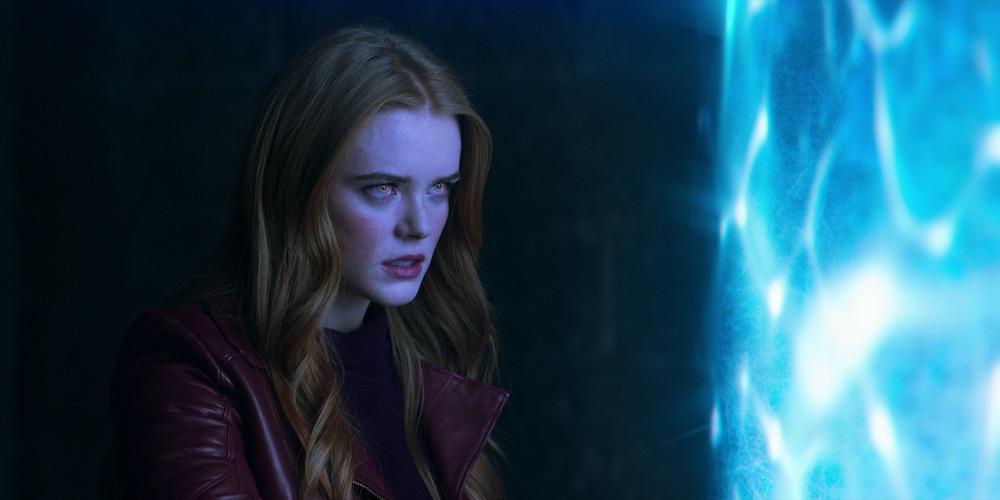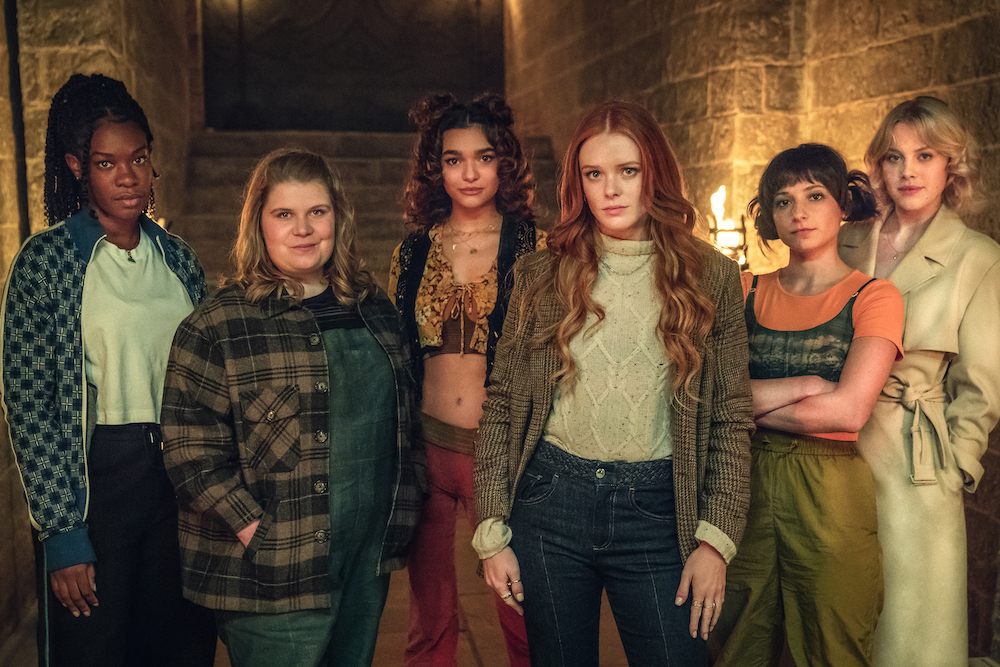Netflix’s ‘Fate: The Winx Saga’ follows the story of a girl named Bloom who discovers that she possesses magical powers and is a fairy. To learn to use and, more importantly, control her powers, she enrolls at Alfea, a school in the Otherworld, which has its own set of problems before the arrival of Bloom further complicates things. Created by Brian Young, the show begins as a fish-out-of-water situation for Bloom who is completely new to the world where others seem to know more about her than herself. As the story progresses, the fantastical elements of its world are expanded as new and exciting things come to light. If you can’t get enough of the show and are wondering if it’s based on a book that you can get your hands on, then here’s what you need to know about it.
Fate The Winx Saga is Based on Nickelodeon Animated Series Winx Club
No, ‘Fate: The Winx Saga’ is not based on a book. It is based on the Nickelodeon animated series, ‘Winx Club,’ created by Iginio Straffi. The original series ran from 2004 to 2009, and in 2011, it received a revival which ran until 2019. The word “Winx” comes from the English word “wings”.

Straffi came up with the idea of the story during the 90s. Around this time, there were many action animated series, but barely any of them had female characters at the fore. He wanted to change that by putting teen girls as lead characters in a fantasy story. The idea, however, was not received as well as he’d have liked. “The market was not in favor, to be honest, at the time, because the buyers were telling me that many girls were now watching the live action for kids. Disney stuff like Lizzie McGuire and some other Nickelodeon sitcoms were popular. I thought that was really not the case. I thought we needed to have heroes, not only in sitcoms but with powers in a fantasy world that girls could identify with and want to be one of them. And so I really fought for this idea,” he said in an interview with Polygon.
While the Netflix show focuses singularly on Alfea, Straffi’s original series focuses on the rivalry between the school for fairies and the school for witches. He based this on the rivalry between Oxford and Cambridge but infused it with magical elements. He also used fairies as the primary characters of the story because they provided him the space for reinventing their image and exploring their powers in a wider net. “Fairies don’t mean fairy godmother or a woman with a wand. It could be something very fresh, very dynamic,” he added.
He was inspired by Japanese manga and the works of Sergio Bonelli and based the characters of Bloom and her friends on famous stars like Britney Spears, Cameron Diaz, Jennifer Lopez, Pink, Lucy Liu, and Beyonce, to give them a more contemporary look. He was also very particular about the fashion of the series, being very immaculate about what every character would wear in different situations. He hired Italian fashion designers to give an appealing appearance to the characters, particularly so that it would catch the eye of female viewers. Straffi was so adamant about making everything just right in the show that he didn’t hesitate from scrapping the first pilot, even though it’d already cost a lot of money. “I threw it away because I wanted so much to do something original and different, and it was not good enough,” Straffi said.
Eventually, his hard work paid off, and what had been conceived as a story for three seasons, went on to run for another decade, counting the revival. Straffi recognized the potential of his story and started thinking about making it live-action in 2011. “Having witnessed this huge number of fans around the world for the Winx cartoon, across generations, after 10 years, I could see that there were new fans and old fans. And social media was showing us this kind of loyalty. I thought for the older fans, who were grown up, we should produce some live-action,” he said.
The idea was considered by several studios, but it wasn’t until Netflix got involved that the work started on it. It was found best to cater the live-action story to young adults and Brian Young, of ‘The Vampire Diaries’ fame, was brought on board to tailor it according to the new parameters. The series is a lot different from the animated series, especially aesthetically, and even introduces new characters into the mix. At its core, however, it is the story of a group of girls growing up and facing all sorts of challenges together. In the end, it is a story about friendship, and that’s where the Netflix series resembles Straffi’s work the most.
Read More: When and What Year Does Fate The Winx Saga Take Place?


You must be logged in to post a comment.